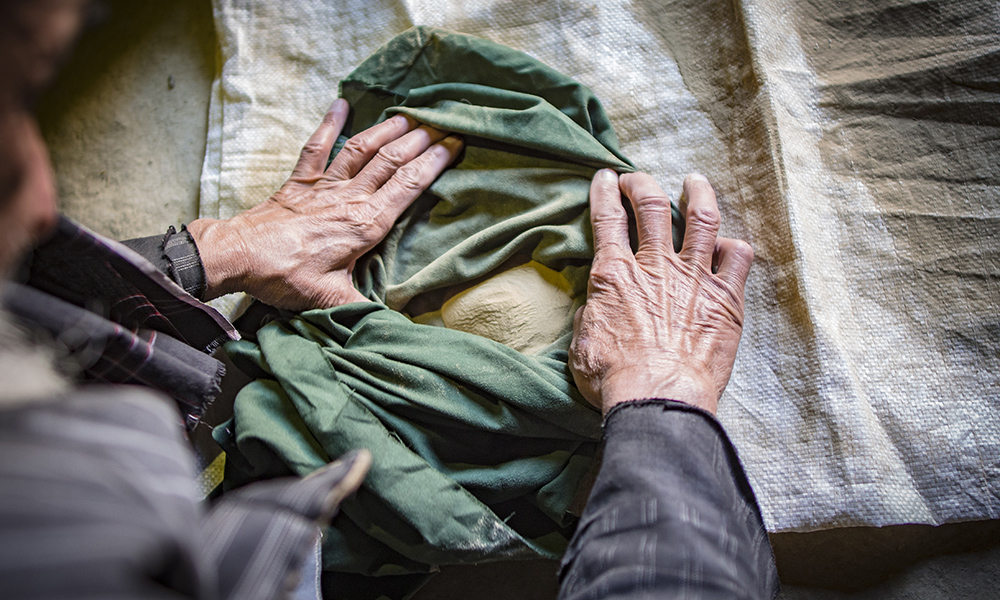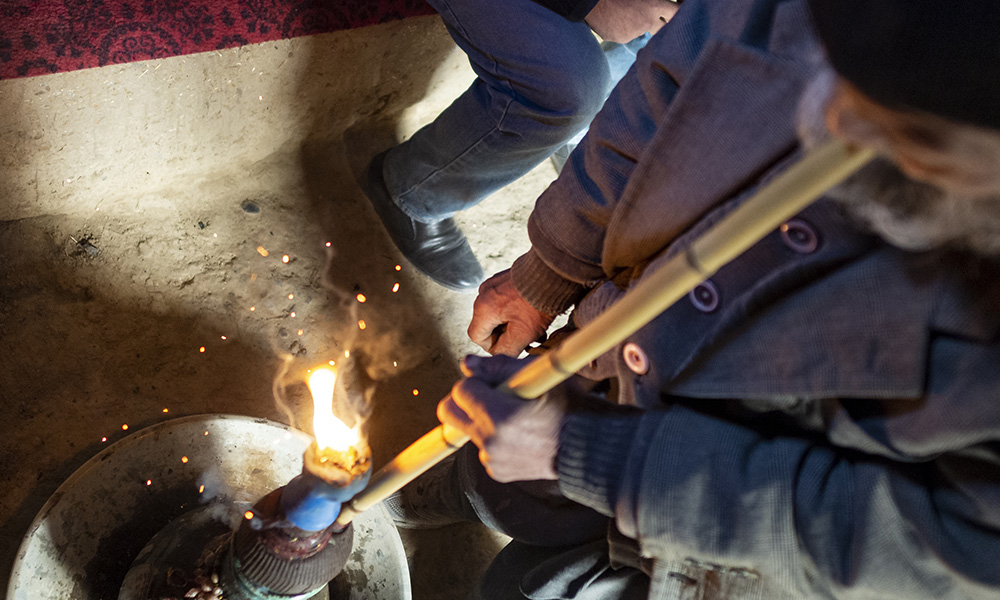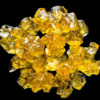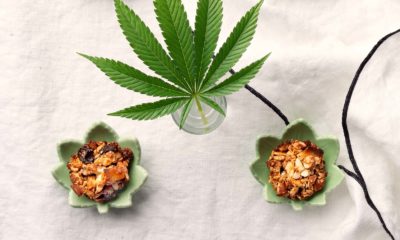
PHOTOS Lucas Strazzeri
In The Magazine
A Glimpse Into Afghanistan’s Traditional Cannabis Culture
While against Afghan law, modern day hashish consumption continues a centuries-long tradition.
Despite its ancient connections to cannabis and its history as a destination on the hippie trail in the mid 20th Century, Afghanistan has been a place few people have traveled to since the Soviets invaded in the late 1970s. Afghanistan is now less accessible than ever, as the political situation keeps on deteriorating after decades of war and instability. But after thoughtful planning, in October 2019, I found myself in the passenger seat of a Toyota Corolla, driving the desert plains down the Himalayan foothills, towards the city of Mazar-i-Sharif, home of the famous Afghan hashish.
Arriving in Mazar-i-Sharif on a sunny October afternoon, I felt at first a bit like I was in a fantasy, visiting the famous Blue Mosque and a lively bazaar with delicious street food and smelling hashish fumes here and there. While I changed money, got a SIM card and checked into a small hotel room with a view, I kept my enthusiasm to check out the legendary hashish scene quite high.
As the sun went down, I stepped out of my hotel, but the manager advised me not to go too far. The colorful streets had turned into dark alleys illuminated by fruit stalls, with sellers screaming prices per kilos to passerby rushing home before night.

I had come to Mazar-i-Sharif for two months to work on a book about contemporary Afghan cannabis culture. On that first night and on the days that followed, I felt the country’s palpable political tension and saw heartbreaking reminders of how over half of Afghanistan’s residents live in abject poverty, but through photographing the local hashish scene, I also witnessed the resiliency of tradition in the face of such challenges.
Growing Cannabis in Afghanistan
What I quickly discovered upon arrival in Mazar-i-Sharif is that a few cannabis plants can be seen in the city center in people’s yards and houses. But once you reach the outskirts of the city, they become more and more apparent on the edges of cotton fields. It is still an illegal plant in Afghanistan, and some farmers complain that the government pressure to uphold the law is higher than ever, so harvesting the plants earlier and growing in inner courtyards seem to be common practice to ensure a successful crop. While some farmers had already harvested when I arrived in October, a few fields were still standing in early December before I left.
Each cannabis field I saw showed an amazing diversity of shapes, colors and fragrances. Afghans select cannabis plants that produce large amounts of resin, using the seeds from their pollinated plants, just like it has been done for millenniums.

Once dry, the plants are sieved to collect the resinous powder, which is turned into a refined hashish after pressing. By combining the genetic diversity of a single field, and from one valley to another, alongside the diversity of growing, sieving and curing techniques specific to each farmer, Afghan hashish remains a traditional product that reflects its terroir and conveys a sense of place.
Smoking Cannabis in Afghanistan
A popular way of consuming hashish in Afghanistan is with a type of hookah that locals call a “chillum,” not to be confused with the hand pipe with an end-to-end open channel called a chillum in the rest of the world. Groups of friends gather in “chillum khana” to share one for a fee, and cannabis farmers often invite their friends around to share some green tea and a chillum.
In the nearby city of Balkh to the west of Mazar-i-Sharif, people visit the shrine of Baba Ku Mastan, where for a little donation, a care-taker lights up a chillum with hashish and pronounces the following words: ‘Baba Ku Mastan, your grave is a flower garden, be it summer or winter.’

Baba Ku is a mythological figure who, according to legend, is the one who brought cannabis to Afghanistan.
In my time in Afghanistan, I came to realize the importance of holding on to cannabis traditions so that they remain in practice, rather than letting them slide into legend along with Baba Ku.
As costly innovations to create cannabis extracts become the norm in the Western cannabis market, traditional ways of processing the plant could become myths — erasing centuries of informal knowledge, genetics and craftsmanship — if they are ignored.
This story was originally published in the print edition of Cannabis Now.


























